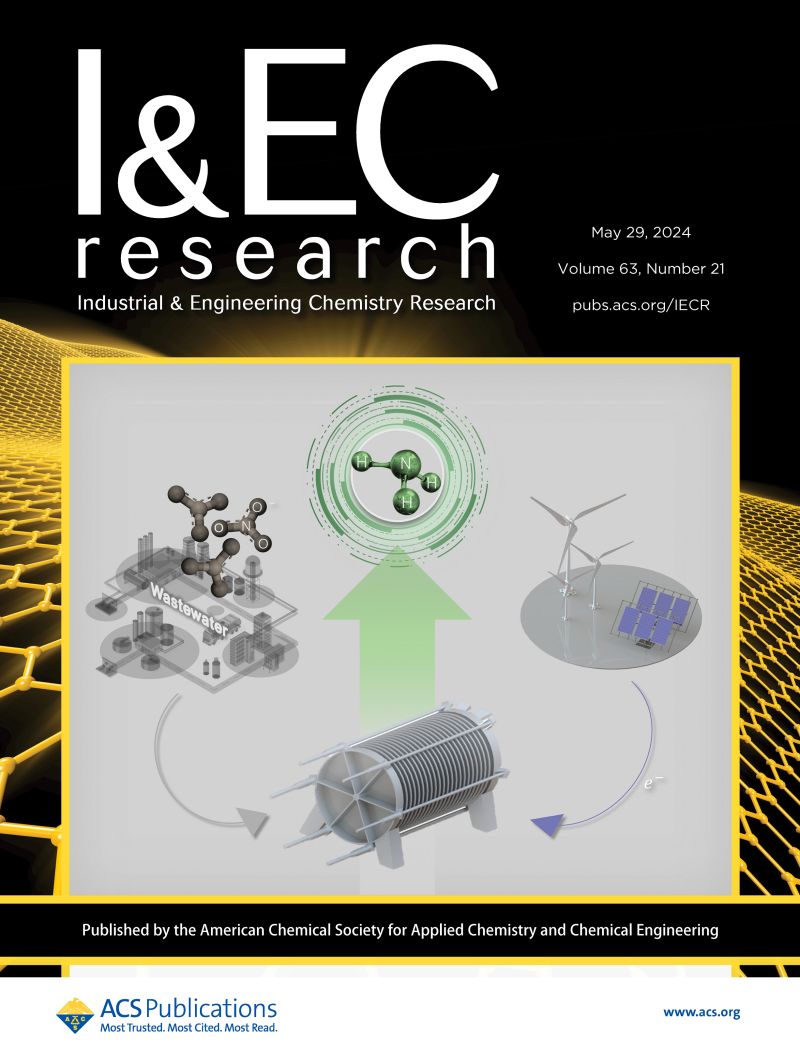Effect of Oxygen Spillover on Stable Ni3Fe1 Alloy for High-Performance Dry Reforming of Methane
IF 3.8
3区 工程技术
Q2 ENGINEERING, CHEMICAL
引用次数: 0
Abstract
Ni–Fe alloy catalysts represent promising alternatives for dry reforming of methane (DRM). However, the strong affinity of Fe for oxygen caused progressive Fe segregation on the alloy, leading to a decline in catalytic properties. Herein, we explored an efficient approach to create highly dispersed CeO2 clusters on an Al2O3 support for anchoring the stable Ni3Fe1 alloy using the oxygen spillover effect. CH4 and CO2 conversions as well as the H2/CO ratio were maintained at 73.7%, 81.6%, and 0.87 at 700 °C, respectively, on the optimal Ni3Fe1/1CeO2–16Al2O3. This catalyst featured plentiful oxygen vacancies, strong interactions between the metal and support, and moderate CO2 activation centers. These collective effects enable the oxygen spillover from FeOx toward the proximate vacancies on CeO2. These oxygen species were consumed along with the generation of vacancies by carbon species. The oxygen spillover effect could not only stabilize the alloy structures but alleviate carbon deposition in DRM.

求助全文
约1分钟内获得全文
求助全文
来源期刊

Industrial & Engineering Chemistry Research
工程技术-工程:化工
CiteScore
7.40
自引率
7.10%
发文量
1467
审稿时长
2.8 months
期刊介绍:
ndustrial & Engineering Chemistry, with variations in title and format, has been published since 1909 by the American Chemical Society. Industrial & Engineering Chemistry Research is a weekly publication that reports industrial and academic research in the broad fields of applied chemistry and chemical engineering with special focus on fundamentals, processes, and products.
 求助内容:
求助内容: 应助结果提醒方式:
应助结果提醒方式:


